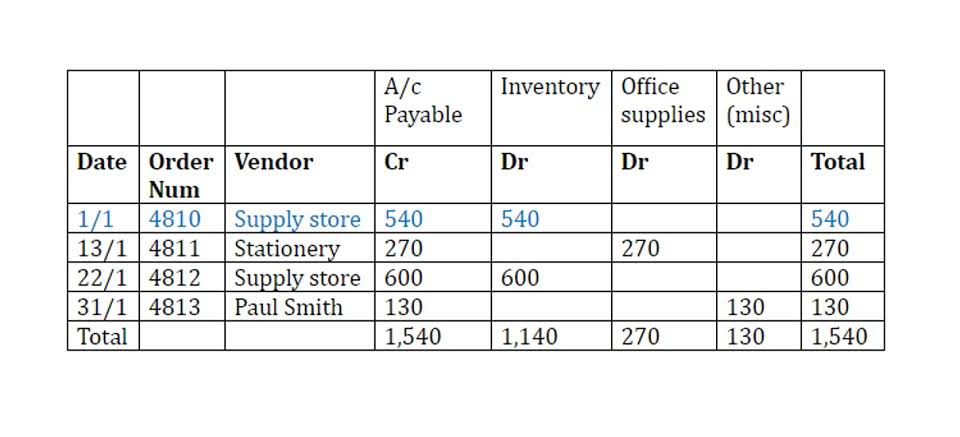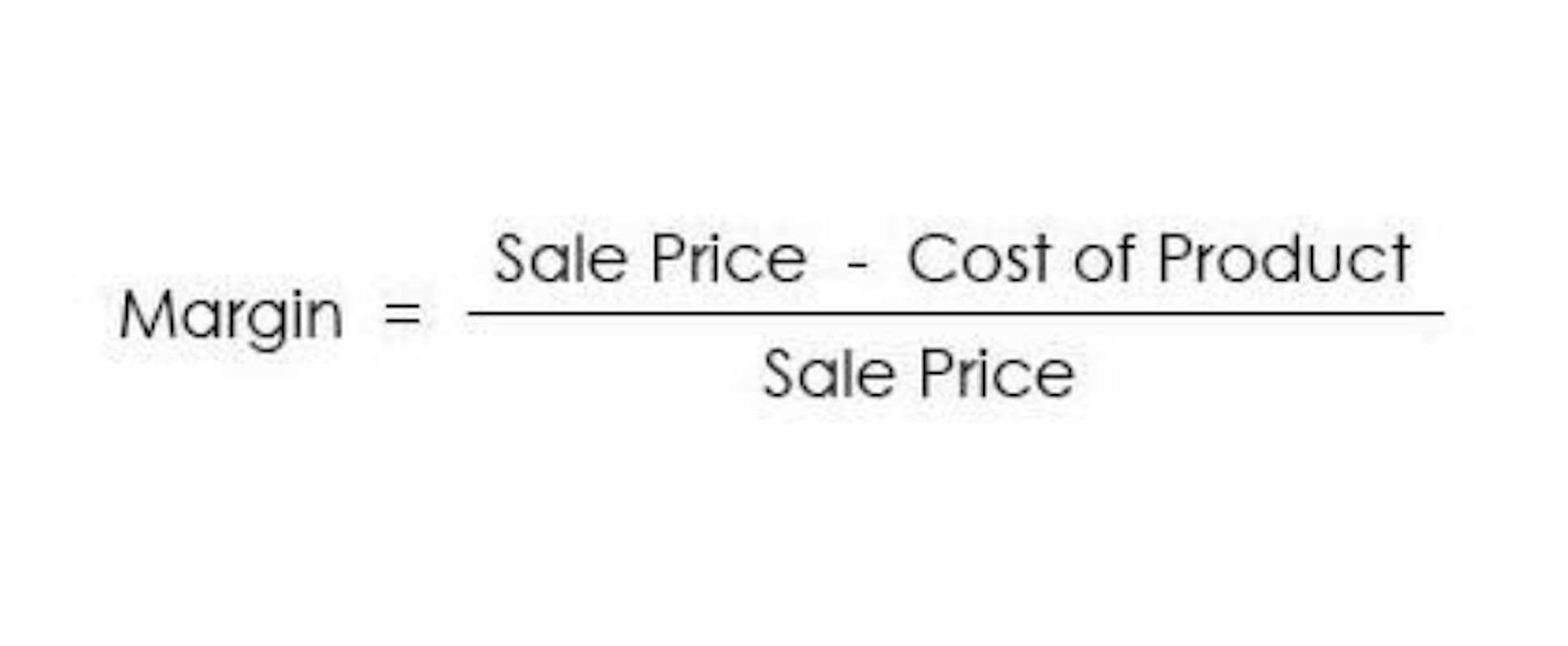
For instance, a 2-for-1 stock split reduces the price of the stock by 50%, but also increases the number of shares outstanding by 2x. Moreover, the number of shares outstanding is extremely useful when monitoring how a company conducts its business, as things like stock splits also affect share numbers. Several factors can cause a company’s number of outstanding shares to rise or fall, with one of the most common being https://x.com/BooksTimeInc stock splits.

Market Capitalization
- The number of shares outstanding can (and usually does) fluctuate over time.
- Understanding how to calculate outstanding shares for a public company would appear to be a simple matter.
- The Motley Fool reaches millions of people every month through our premium investing solutions, free guidance and market analysis on Fool.com, top-rated podcasts, and non-profit The Motley Fool Foundation.
- A financial professional will offer guidance based on the information provided and offer a no-obligation call to better understand your situation.
- Floating stock, which is also known as a company’s float, refers to the number of shares a company actually has available to trade in the open market.
For basic weighted average shares, “basic” essentially means non-dilutive. Many companies buy back shares as part of their capital allocation strategy. When a company buys back its own shares, that stock is accounted for as “treasury stock” on its balance sheet. Treasury stock is no longer outstanding — the company itself now owns it, not an investor or employee, but it has still been shares outstanding calculation issued. Shares outstanding are all the shares of a corporation that have been authorized, issued and purchased by investors and are held by them.
- The number of outstanding shares affects several key financial metrics and ratios, including earnings per share (EPS) and price-to-earnings (P/E) ratio.
- Next, you’ll want to look for the common stock line item on the company’s balance sheet.
- The investor would multiply the number of shares acquired at each price by that price and then add those values together.
- Stock options will be exercised; restricted stock may vest after executives hit certain targets.
- Outstanding shares represent a company’s shares that are held by investors, whether they’re individual, institutional, or insiders.
- Shares outstanding refers to the amount of stock held by shareholders, including restrictive shares held by company insiders.
What Are Outstanding Shares?
A company could issue new shares, buy back shares, retire existing shares, or even convert employee options into shares. Preferred stock is a special class of shares that is generally considered a hybrid instrument, including properties of both a debt and equity instrument. Preferred stocks are higher ranking than common stock, but also subordinate to bonds in terms of claim, or rights to their share of the company’s assets.
What Is a Stock’s Float?

Recognizing that a company’s number of shares outstanding can change is also useful. For example, the difference between the number of shares currently outstanding and the number of shares fully diluted is comparatively likely to be significant for fast-growing technology companies. These companies aggressively fund their growth by using convertible debt and paying employees with stock incentives. By contrast, many older stalwart companies are likely to have a number of shares outstanding that matches its number of shares fully diluted. Authorized shares refer to the largest number of shares that a single corporation can issue. The number of authorized shares per company is assessed at the company’s creation and can only be increased or decreased through a vote by the shareholders.

How Do Stock Buybacks Influence Shares Outstanding?

Most notably, short interest usually is measured as a percentage of the float, rather than shares outstanding. This is because short sellers, when choosing to cover, can only buy the shares actually in the float. And so in theory (and often in practice), highly-shorted stocks with a low float present ripe conditions for a so-called “short https://www.bookstime.com/ squeeze”.

